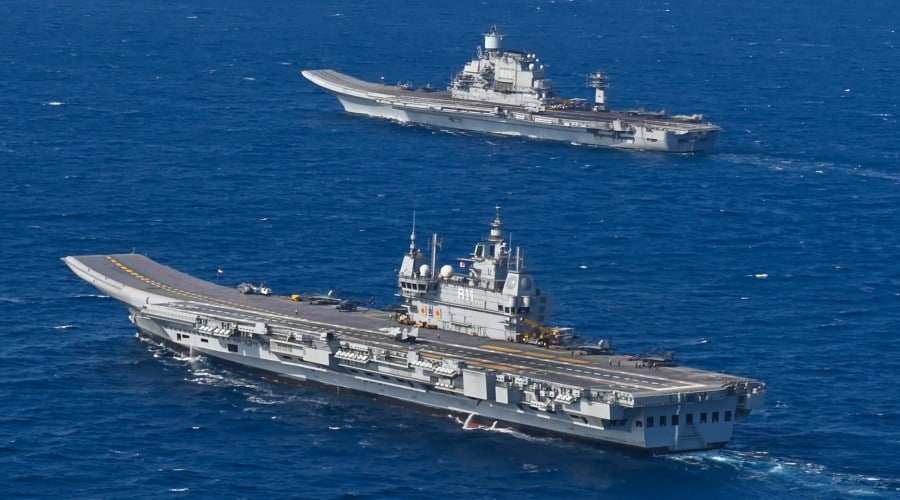Ex-Commodore Reveals Pakistan’s Naval Strategy: Indian Aircraft Carriers Targeted in Potential Conflict
In a recently conducted interview, Ex-Commodore Sajid Mehmood Shehzad HI(M) of the Pakistan Navy articulated a significant aspect of Pakistan’s military strategy, asserting that Indian aircraft carriers would be prioritized targets in the event of a conflict between India and Pakistan. Shehzad emphasized the need to neutralize these formidable warships, known for their considerable offensive capabilities, particularly if they enter Pakistani waters.
Acknowledging the complexities involved in targeting such heavily defended vessels, Shehzad noted that aircraft carriers typically operate alongside protective carrier strike groups, complicating direct engagement. He speculated that the Indian Navy might be hesitant to deploy carriers near the Pakistani coastline, choosing instead to maintain a safer distance in the Arabian Sea to mitigate potential threats.
Historical context underpins Shehzad’s assertions. During the 1971 Indo-Pakistan war, the Pakistani Navy deployed its submarine PSN Ghazi, aiming to target the Indian aircraft carrier INS Vikrant. However, in a strategic move, India had repositioned Vikrant to the Bay of Bengal to support operations against East Pakistan, thereby avoiding a clash. This historical incident illustrates the strategic value of aircraft carriers and the extensive measures navies take to protect them.
Shehzad’s insights shed light on the strategic mindset of the Pakistani Navy and indicate an evolving military posture amid ongoing regional tensions. While the specter of an Indo-Pakistani confrontation lingers, the focus on countering Indian aircraft carriers underscores the pivotal role of naval power in regional security.
In line with these strategic considerations, open-source information suggests that Pakistan is actively developing anti-access/area-denial (A2/AD) capabilities. Such efforts include investing in advanced anti-ship missiles and other military assets designed to counterbalance the powerful naval forces represented by aircraft carriers in the region.
As both nations navigate their complex and historically fraught relationship, the role of naval power—and specifically the strategies surrounding aircraft carriers—will likely remain a central element of military planning on both sides.





